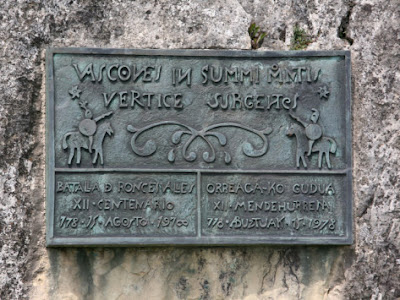 |
John Martin (1789-1854) - The Plains of Heaven
1851 - Oil on canvas - Tate Gallery, London
Source: Wikimedia Commons - Google Art Project |
Arriving in Paradise Valley
After
The Plains of Heaven, John Martin,
Oil on canvas, ca. 1851
James Hart
Painting
The Plains of Heaven, John Martin
imagined
a purely Romantic setting, a feathery wave
of
girls adorned in gowns of gossamer and gauze
drifting
up God’s flower crowned slopes,
ghostly
maidens adrift in radiant nature.
Stretching
beyond them as far as his perspective
allows,
a valley’s sapphire lake filled by falling heavenly
river,
a distant mountain held in diaphanous clouds’
embrace. Such settings suit his antique mind
once
honed on biblical visions. Martin
claimed his
revelation
beheld a new heaven and a new earth,
evidence
the aim of art should immortalize
nature’s
impossible immensities, capture one man’s
reverent
heaven. For my own thoughts today,
I’d
just as soon see a fictional scene by Edward Hopper,
a
touch of American realism in shades of film
noir.
Supplicants
and petitioners, all arrive by train
at
the edge of heaven. A brooding gray
mansion
waits
beyond ominous gates to receive them. The
dead
step
down from luxurious Pullman
Palace cars,
amble
toward the station suffused in sunset red.
A
sign overhead proclaims Paradise Valley,
landscape
beyond
the town fulfills desert promises prophets
saw
centuries ago in Moses’ own wild west show.
Right
about now, someone cues a soundtrack
for
this scene: a man whistles on the evening wind,
Eastwood’s
eyes survey the good, the bad, and the ugly,
each
of them freed from darkness the living dream.
January
23, 2012
 |
Edward Hopper (1882-1967) - The House by the Railroad
1925 - Oil on canvas - Museum of Modern Art, New York
Source: WikiPaintings - Visual Art Encyclopedia |




.jpg)


.jpg)





